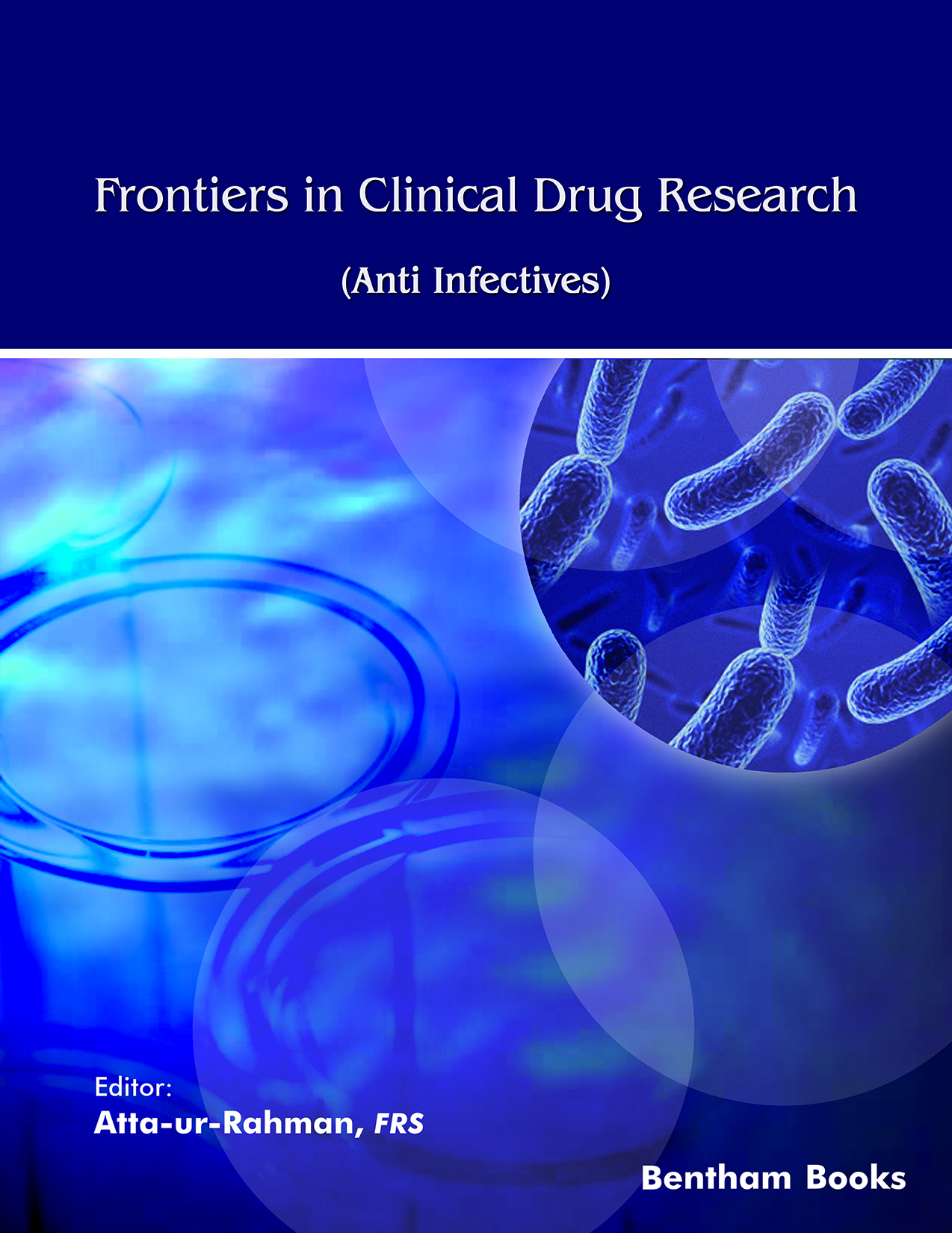Introduction
Frontiers in Clinical Drug Research – Anti Infectives (Volume 9) is a book series that provides updated reviews on the latest advancements in development of pharmaceutical agents for treating infectious diseases. The series covers various topics, including chemistry, pharmacology, molecular biology, and biochemistry of natural and synthetic drugs. Additionally, it addresses multi-drug resistance and pre-clinical/clinical findings on antibiotics, vaccines, antifungal agents, and antitubercular drugs. This series is an invaluable resource for pharmaceutical scientists and postgraduate students, offering critical information to support clinical trials and research in anti-infective drug discovery and epidemiology.
The ninth volume presents five in-depth reviews, with topics including mature drugs and antivirals for COVID-19, bacteriocins as potent anti-infective agents, therapeutic interventions targeting free radicals in viral diseases, and a detailed exploration of natural anti-infective agents.
The five reviews included in this volume are:
- - The role of mature drugs in the COVID-19 era
- - Antivirals to treat COVID-19
- - Ribosomally synthesized bacteriocins as potent anti-infective agents
- - Therapeutic interventions against free radicals in viral diseases
- - A comprehensive overview of natural anti-infective agents
Readership
Graduate students and researchers.

